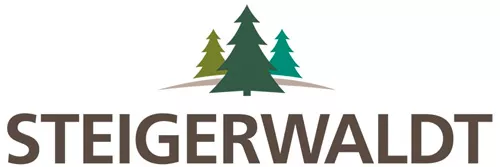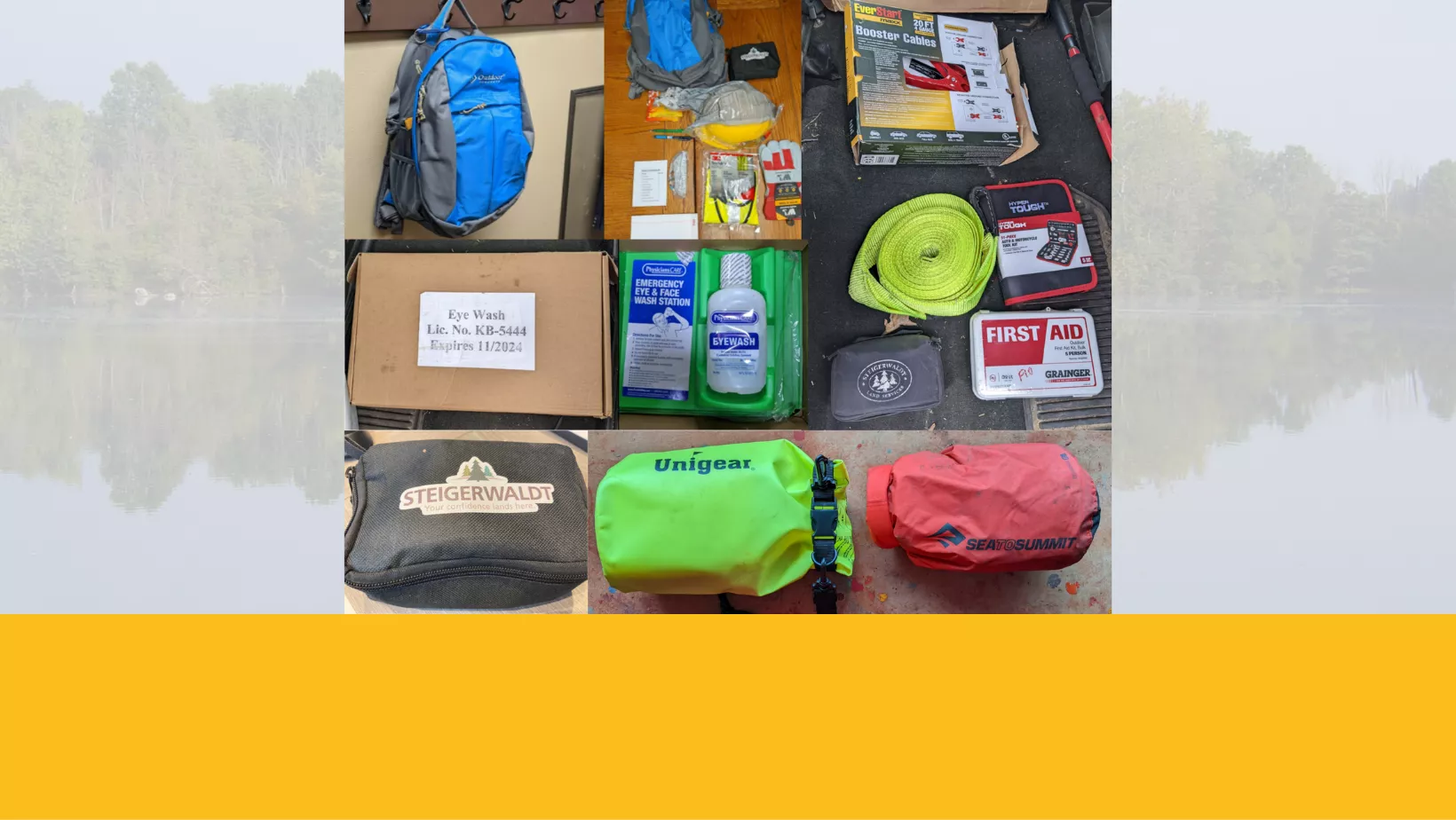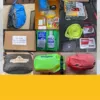ABCs of First Aid
Welcome to April, all! Spring is finally here, and we have so much to look forward to as the snow starts to melt. With every season that approaches, we should always be keeping our safety in mind by taking note of what some of the upcoming safety concerns could be and making sure we are prepared. Now that the weather is starting to warm, this is a reminder that insects and ticks will be returning to our forests soon. Additionally, the sun’s rays are increasing everyday as summer approaches, so the use of sunscreen is important to protect your skin.
This month, our topic of discussion is the basics of first aid. When performing basic first aid, it is important to remember a few steps:
- Assess
- Before you act, it is important to assess the situation appropriately and accurately
- Plan
- Determine if intervention is necessary. If it is an emergency, call 911.
- Implement
- Perform any needed first aid whether it be as simple as a few band aids or as serious as a tourniquet.
- Evaluate
- Determine the effectiveness of these actions, and preform additional tasks of necessary.
Some common injuries that can be treated with standard first aid are as follows:
- Sprains
- Bee stings
- Eye injuries
- Burns
- Cuts
Once you finish performing first aid on yourself or the person you are helping, dispose of anything that has been contaminated.
Steigerwaldt First Aid
All of our employees should be familiar with using simple first aid, and Steigerwaldt supplies several first aid items which are located in all the work trucks and offices.
First Aid Kits
These will contain bandages for cuts and scrapes along with alcohol wipes, ointments, burn creams, gauze compress, and antiseptic pads to help treat the injury. Advil or ibuprofen are also provided to lessen any pain.
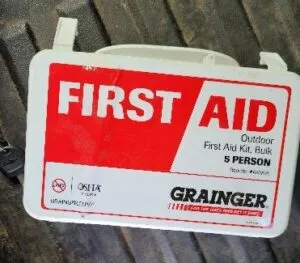 The purpose of the first aid kits is to help with minor injuries that happen during working hours in the field. If serious injury occurs, seek medical attention.
The purpose of the first aid kits is to help with minor injuries that happen during working hours in the field. If serious injury occurs, seek medical attention.
Eye Wash Kits
The eye wash kits located in our offices and work trucks contain two sterile solution bottles to wash your eyes of any contaminates that are bothering you. These are a one-time solution and should not be stored after opening.
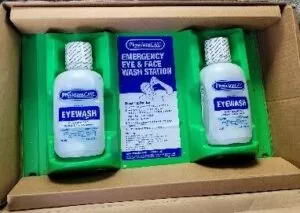 Each kit has safety instructions with the solution. Use the eye solution in your eye liberally, and if pain does not stop, seek medical attention.
Each kit has safety instructions with the solution. Use the eye solution in your eye liberally, and if pain does not stop, seek medical attention.
Safety Kits
Each forester should have a safety kit with them while in the field. This should contain band aids, gauze, ointments, a small flashlight, a headlamp, and other small helpful items. Kits are used for emergencies and for small injuries.
Before you head out to the field, remember to bring any PPE (Personal Protective Equipment). This can help protect you or the person you are helping from further injury or infection.
Remember to be careful while in the field and to carry PPE and First Aid kit with you. Treat minor injuries if you are able to, but if an injury proceeds to get worse or is not able to be taken care of by simple first aid, find the nearest hospital to seek medical attention.
Enjoy this warm, spring weather, and stay safe out there!
-Nate Loeffler, Forester
